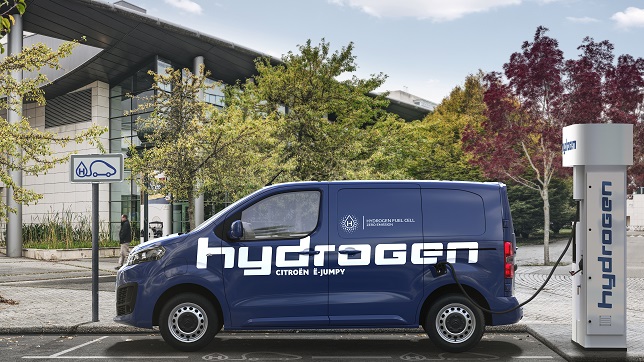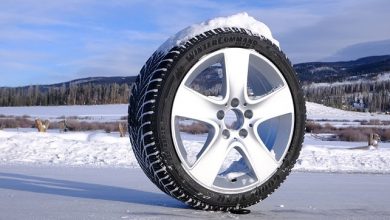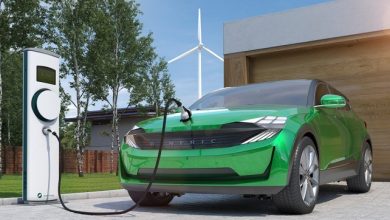Citroën introduces ë-Jumpy Hydrogen van

Citroën is supplementing its range of electric LCVs with hydrogen technology to meet the needs of the 8% of companies required to make journeys of more than 300 km (186 miles) or lacking the time to recharge their vehicle during the day. Citroën says that the brand’s range will therefore meet all the needs in the segment.
ë-Jumpy Hydrogen, an electric van with a fuel cell and rechargeable batteries, is the first Citroën powered by this form of energy. While accommodating this new technology, it retains its useful volume and load capacity. The practical new model has a range of more than 400 km (249 miles) (WLTP) and its three 700 bar carbon-fiber hydrogen tanks, which sit next to the battery under the front seats, can be filled in just three minutes.
ë-Jumpy Hydrogen is fully electric and benefits from two energy sources: a 45 kW fuel cell and a 10.5 kWh battery that acts as a 50 km reserve and takes over automatically when the hydrogen tank is empty. The hydrogen fuel cell ensures the vehicle’s range, the battery being required in transition phases such as strong acceleration and gradients calling for extra power.
These two sources of energy combine to fuel the motor and power the drive train. The battery, which recovers energy during deceleration, is automatically charged using electricity generated by the hydrogen fuel cell to ensure a sufficient charge level. It can also be charged using a cable at electric-vehicle charging stations.
Jumpy, produced at Citroën’s SevelNord plant, will be converted at the Stellantis Group’s hydrogen fuel cell research and development cenere in Russelsheim, Germany.
Available in two sizes, M (4.95 m) and XL (5.30 m), the first deliveries of ë-Jumpy Hydrogen to fleet customers are scheduled for autumn 2021.
Citroën’s entire light commercial vehicle (LCV) range will be electrified by 2021, with ë-Jumpy already on the road and My Ami Cargo, ë-Berlingo Van, ë-Jumpy Hydrogen and ë-Jumper due to arrive in the second half of the year.





